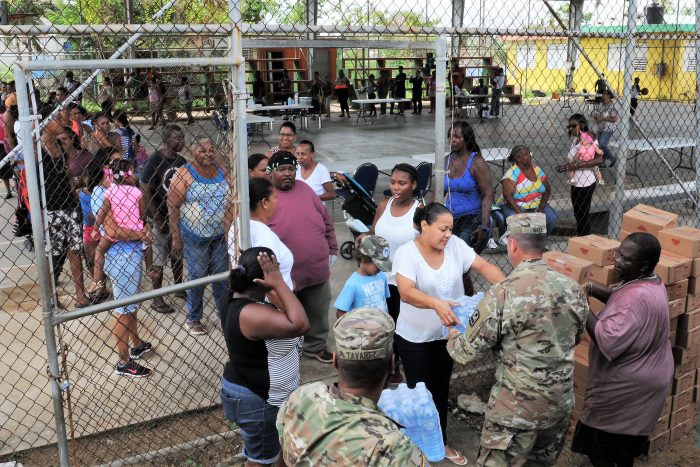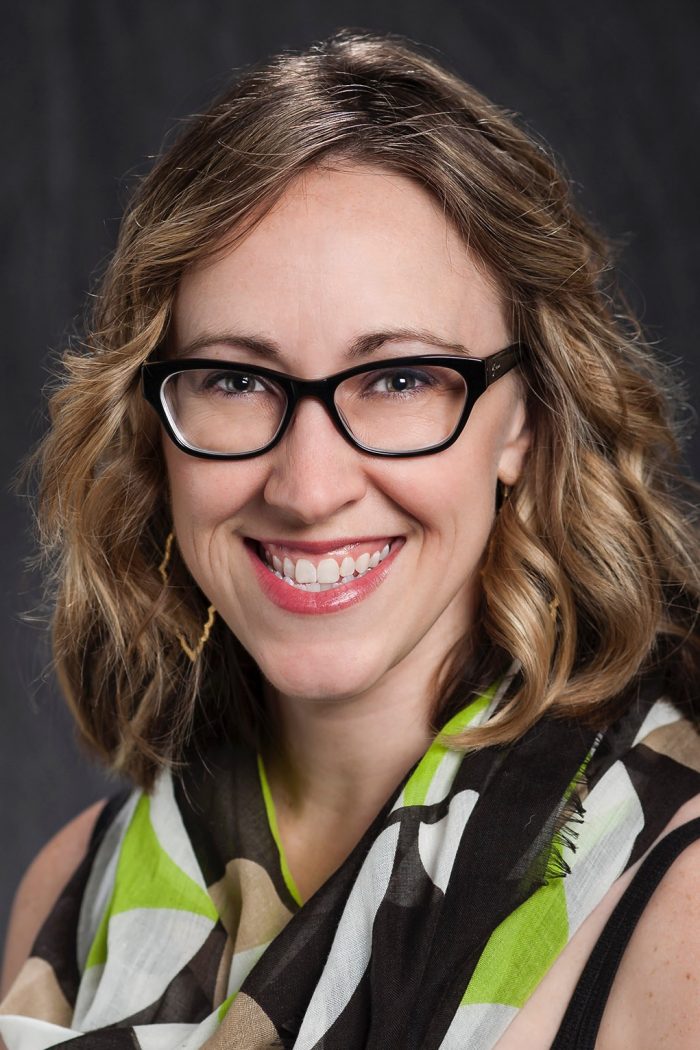Harnessing the Generosity of Communities to Rebuild Better

As 2017 disappears into the record books as one of the most destructive years for natural disasters in U.S. history, numerous communities will be recovering for years to come. Long-term recovery committees across the country are being developed, setting up protocols, and searching for funding to help their communities rebuild.

Since 2013, my colleagues from the Hazard Reduction and Recovery Center at Texas A&M University and I have been following six different long-term recovery committees which were formed in response to different types disasters across Texas. While each recovery committee varied in leadership, structure, funding, and tactics used to support recovery, we identified four key components that help the committees generate public and donor trust and, in turn, support successful recovery efforts.
4 Key Components for Long-term Recovery Committees
First, committee membership should be diverse. Diversity includes social characteristics such as representatives for the most vulnerable populations including elderly, low-income, homeless, and racial and ethnic minorities, among others. Input from these groups ensures that recovery information reaches those who most need it, that considerations are inclusive, and that the support offered is what people desire. Diversity also includes organizational type and sector. Committees may develop from existing nonprofits in a community, and should foster collaborative relationships between local, regional, and national nonprofits. Committees should also include representatives from faith-based organizations and local churches, synagogues, temples, and other houses of worship to support outreach to all parts of a community and instill trust in recovery fund management. Committees should also include representatives from local government and central business leaders to provide input, establish credibility of the committee, and coordinate public and private goals and resources.
Second, committees should have local leadership. As the committee takes shape, external organizations will provide a wealth of advice about what to do and how to organize. Although these groups mean well, recovery is long and necessitates leadership that is local and will stay in the community to complete rebuilding, which may take several years. In the past, some of the local communities we studied felt unprepared to take over recovery when regional, state, and national disaster organizations left midway through the recovery process. Beyond continuity, local leadership ensures that local desires, culture, and way of life are prioritized. “Cookie cutter” protocols are often not successful, and each community will need to adapt their recovery mission, goals, and tactics to fit their community.
Third, each long-term recovery committee we studied sought a variety of experts as formal committee members. Construction advisors, lawyers, title company advisors, bankers, accountants, case management specialists, mental health counselors, and grant writers worked alongside disaster recovery experts. Recovery committees tackle issues across many spheres of survivors’ lives, and do so while under pressure to move resources quickly. These experts helped to ensure effective and efficient use of funds in each case management decision. Their early guidance – while recovery decisions are being made – adds accountability and helps the committee avoid later mistakes that cost precious money and time.
Finally, the participation of survivors is one of the most important but most difficult challenges. Many committees debate how to incorporate the voices of survivors. Committees may assume that not including survivors is supportive because they do not want to overburden those who are recovering personally with committee work. Without the voices of the affected population, however, efforts can become top-down and important needs that survivors value will be overlooked. The most successful committees have committee roles, not just public outreach events, specifically for survivors to check and balance their mission.
The next several years will be trying for all the communities affected by disasters large and small in 2017. An effective long-term recovery committee will harness the full generosity of the public to help individuals and communities rebuild in ways that are more just and resilient.
Portions of this article first appeared in the “Research Counts” series for the Natural Hazards Center. Used with permission. This material is based upon work supported by the U.S. National Science Foundation under Grant Award Number 1463847. Any opinions, findings, and conclusions or recommendations expressed in this material are those of the author(s) and do not necessarily reflect the views of the National Science Foundation.
